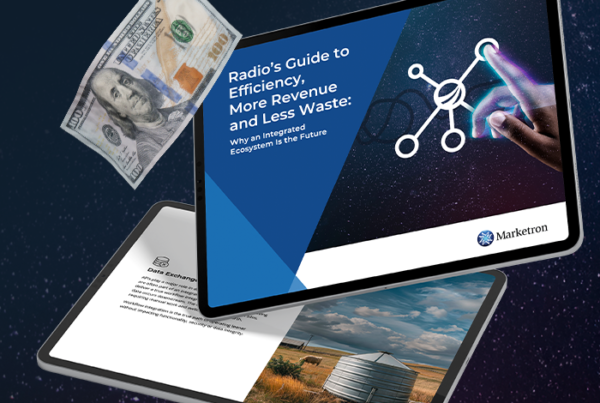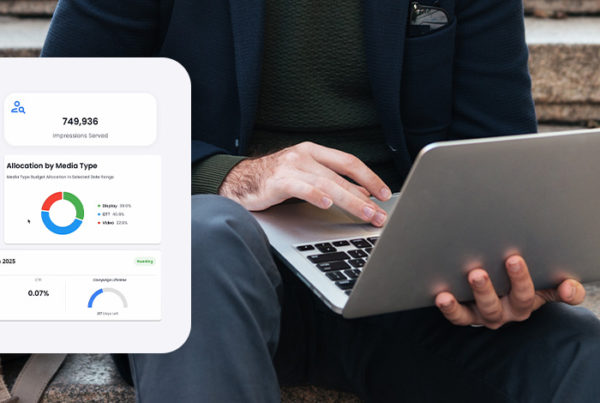Every organization wants to get paid faster. Achieving this involves accelerating the cycle with electronic invoicing and payments. They boost cash flow, decrease days outstanding and eliminate manual work associated with paper.
However, you may still be reluctant due to the fees associated with taking electronic credit card payments. These charges are part of the processing that every company must pay, and they vary depending on several factors.
Before you write off electronic invoicing and payments, you need to know all the facts on fees and look at the real costs of sticking with mailed invoices and paper checks.
The Facts on Electronic Payment Charges
Let’s look at all the components that impact fees.
Tiered vs. Flat Fees
First, you need to understand the difference between tiered and flat fees. Tiered options have three levels:
- Qualified: These are the lowest fees and include debit cards and non-reward credit card transactions.
- Mid-qualified: These are midrange and consist of standard credit cards.
- Non-qualified: These are the highest payment fees, usually for business and reward cards.
Processors may also have different fee structures depending on whether the card is present. In electronic payments, the card is not present and has a higher rate.
Flat pricing means what it implies — it’s one cost depending on the type of transaction. The lowest will be for ACH payments. Credit cards, no matter the kind, also have one fee across the board.
Flat fees are more transparent, so there are no surprises. Tiered fees can sometimes be lower than flat fees, but with so many variations, they are often more expensive.
Costs Outside of Processing Charges
Beyond processing, you can incur other fees, such as:
- Assessment fees: These costs relate to remittance to card networks that you accept, including Visa, Mastercard, Discover and American Express.
- Interchange fees: Interchange is the amount credit card companies charge businesses to accept their cards. You’re paying these organizations for the convenience of taking this payment method.
- “Hidden” fees: These are not apparent except in the details, and they can consist of annual or security charges from a processor.
To understand the true cost of accepting payments, you must include all these fees and calculate your effective rate. It’s the total fees divided by the total amount processed within a month.
Are There Any “Breaks” on Fees?
If you’re working with a payment system that uses flat pricing, you have a better idea of what you pay out, and it will be less volatile than tiered pricing. Businesses can surcharge to cover some of this cost, but only on certain transactions. There are various rules and compliance requirements to do this.
The best way to reduce fees is to encourage ACH payments, which are the least expensive.
The Cost of Not Adopting Electronic Invoicing and Payments Is Higher Than Fees
Yes, there are fees associated with taking electronic payments. You can’t avoid those, and you may consider them as eating into margins. However, not going electronic has many revenue downfalls.
There’s a Cost to Sticking with Paper
Did you know the expense of receiving a paper check can be $1 to $2 per invoice? You also have hard costs associated with paper invoicing for materials and postage. It can be hundreds or thousands of dollars each month. Eliminating these things offsets the percentage the processor takes.
The Expense of Human Resources
Paper invoicing involves manual workflows of printing, stuffing envelopes and preparing for the mail. Depending on your book of advertisers, it could take multiple days. You lose productivity when people have to be part of the process, delaying getting the invoice in a customer’s hands to pay it.
Traditional Payments Keep the Cycle Long
In the paper workflow, the cycle to get paid is long. It could be weeks before anyone looks at the invoice. Then, the invoice may have to go through their internal accounts payable system for approval. The business then has to issue a paper check and send it back to you. Once you receive it, you must go through the deposit steps, which may have bank fees.
A long payment cycle negatively impacts cash flow and days outstanding. The money could have been in your bank much sooner, growing interest. Instead, you’re chasing payments.
Electronic invoicing and payments dramatically shorten this cycle. Those using our solution have reduced days outstanding by as many as 31 days. They’ve also seen advertisers and agencies pay 35% faster compared to non-electronic payment methods.
Customers Want Convenience in Paying Invoices
You should also consider your customers’ preferences. According to payments research, 73% of companies have transitioned to digital payments. Their favored outgoing payment option is credit cards, with 69% using them. Another data point from this resource notes that 78% of companies make B2B payments via ACH.
It’s crucial to evolve to meet your customers’ needs. Otherwise, they may not think you’re easy to do business with and could churn. It may be too inconvenient for them and their accounting team.
Get Paid Faster with Electronic Invoices and Payments
You can realize a significant cash flow boost from going electronic. It also means there’s no manual work or expenses related to paper. Our payments platform has next-day funding for many transactions. When a customer receives your electronic invoice, it’s fast and easy for them to pay. They can pay directly from their inbox with guest checkout, or they can log in to the portal to pay one or multiple invoices and get convenient access to their account information and payment history.
Once you see payments coming in just hours after sending them, you’ll wonder why you ever waited months to collect.
Learn more about our payments ecosystem today and how it gets money to you faster!






